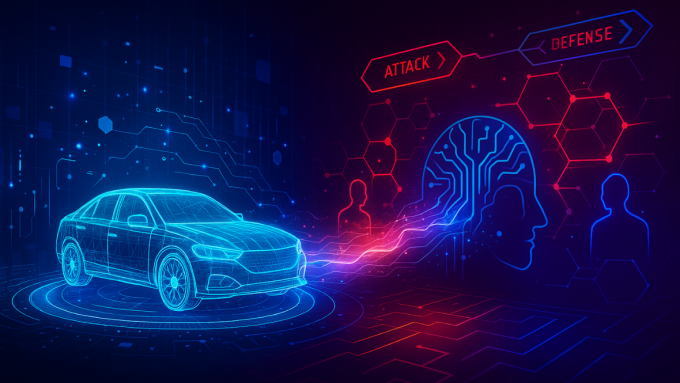This blog was first produced following discussions with digital twin owners about the importance of learning more from other industries. It also relates to the first “theme” that we identified as a priority for the DT Hub, which looks at digital twin definitions and concepts. We hope you enjoy reading this piece and welcome your comments as well as your thoughts on other topics where you would like to hear more from us.
The idea of digital twins in space may seem like science fiction – or at least a long way removed from the day-to-day challenges of the built environment. But, in fact, the aerospace industry has been at the forefront of many of the technology innovations that have transformed other areas. Before Michael Grieves coined the term digital twin in 2002, NASA was using pairing technology to operate and repair remote systems in space.
Digital twins, in the aerospace sector, have since gone way beyond simulations. This is driven by a need to accurately reflect the actual condition of space craft and equipment and predict potential future issues. While the crew of Apollo 13 may have relied on a physical double as well as digital data, future space stations and trips beyond our atmosphere will be using digital twins to deliver the right kinds of insights, decision support and automation needed to achieve their missions.
Despite the great distances and the technological advancement of space technologies there are valuable parallels with industries back on earth. For example, digital twins of remote and autonomous vehicles (like the Mars Exploration Rover) could provide useful lessons for similar vehicles on earth, from robots in nuclear facilities and sub-sea environments, through to delivery vehicles in a logistics centre or drones on a building site.
More specifically, a 2012 paper co-authored by NASA provided several insights into the approach to digital twins in aerospace, including the following definition:
A Digital Twin is an integrated multiphysics, multiscale, probabilistic simulation of an as-built vehicle or system that uses the best available physical models, sensor updates, fleet history, etc., to mirror the life of its corresponding flying twin
Digital twins could represent a significant shift away from a heuristic (i.e. past-experience based) approach to one using sophisticated modelling combined with real-life data. This shift impacts design and build, certification and ongoing operation. The drivers behind this change include a need to withstand more extreme conditions, increased loads and extended service life. (Imagine a manned trip to Mars, or one of the new commercial space ventures that call for vehicles to be used again and again).
The paper also looked at some of the needs and priority areas for digital twins, including:
- more accurate prediction of potential materials failures; as well as
- the condition of other systems in space vehicles by connecting multiple models with data from the physical twin.
If digital twins can add value in the harshest environment imaginable, what applications could this have for the built environment? One example is the interesting parallels between assessment of the risks of cracks and failures in long-life space vehicles and long-term structural monitoring of bridges and other infrastructure. The required level of fidelity (i.e. the level of detail and accuracy) as well as the extent to which real-time data is needed, may vary considerably – but many of the same principles could apply.
More widely, the authors of the paper felt that the parallels and benefits from developing digital twins for aerospace could extend across manufacturing, infrastructure and nanotechnology.
The ideas explored in the paper also go well beyond monitoring and towards automation. For complex space missions, vehicles may not be able to get external help and will need to be self-aware, with “real-time management of complex materials, structures and systems”. As the authors put it:
“If various best-physics (i.e., the most accurate, physically realistic and robust) models can be integrated with one another and with on-board sensor suites, they will form a basis for certification of vehicles by simulation and for real-time, continuous, health management of those vehicles during their missions. They will form the foundation of a Digital Twin.”
Such a digital twin could continuously forecast the health of vehicles and systems, predict system responses and mitigate damage by activating self-healing mechanisms or recommend in-flight changes to the mission profile.
While the context may be very different, our discussions with DT Hub members and others in the market suggest that built environment infrastructure owners and operators are aiming to achieve many of the same aspirations as NASA – from better prediction of potential issues through to actuation and self-healing.
Which space twin applications and ideas do you think we could apply to the built environment?
We would welcome your comments on this piece as well as your thoughts on other topics where you would like to hear more from us.
the_pathway_towards_an_imf.pdf DTHUb_NewbieGuide_May2020_(1).pdf HUB Version_DT Standards Roadmap_November 2020 (3).pdf



Leave a comment